Eat or shower? What is better to do first after finishing training?
Taking an adequate post-workout routine is one of the keys in the recovery process that will allow us to be ready as soon as possible to face new workloads on the bike in the best conditions. These are the steps you should follow to recover most effectively after each bike ride.
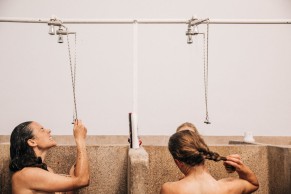
The ideal routine after training
The average cyclist, when they arrive home and press the stop button and save the corresponding file on the cycle computer, usually completely disconnects and forgets that everything adds up in training. Raise your hand if you haven't arrived home and stayed at the bar having a few beers with your group mates while discussing, amidst lively conversation, the details of the day's route; or who hasn't just collapsed on the couch for a while, a prisoner of the accumulated fatigue after a particularly tough ride.
It is clear that many times our body asks for these things as a kind of release after hours of torture on the bike. However, doing that is far from ideal in terms of recovery after effort and can only lead to us being just as tired or with such sore legs the next day that we decide to skip the scheduled training.
RECOMENDADO
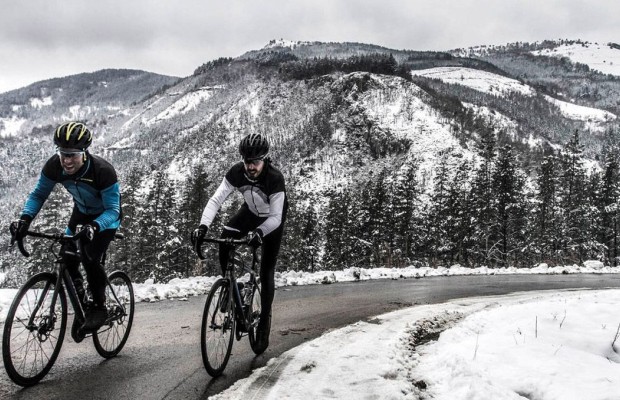
Cycling tips for the Christmas season

What would you do if you won the lottery? This cyclist bought himself a €20,000 bike
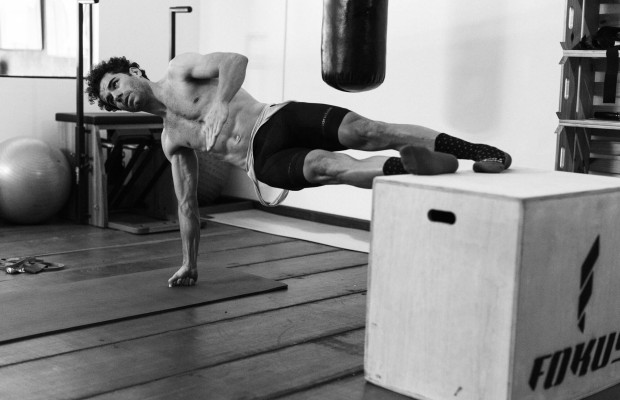
The best exercise routine to do at home
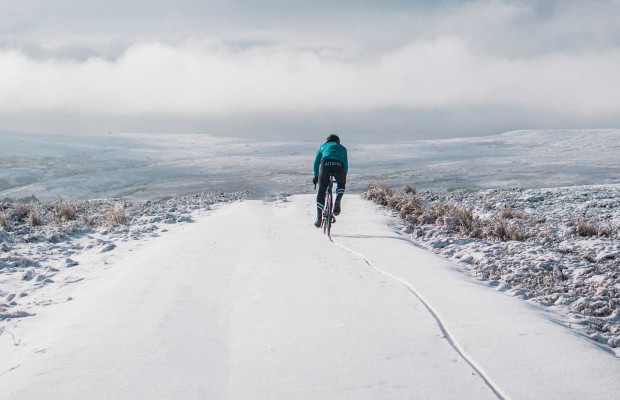
Benefits of training in the cold
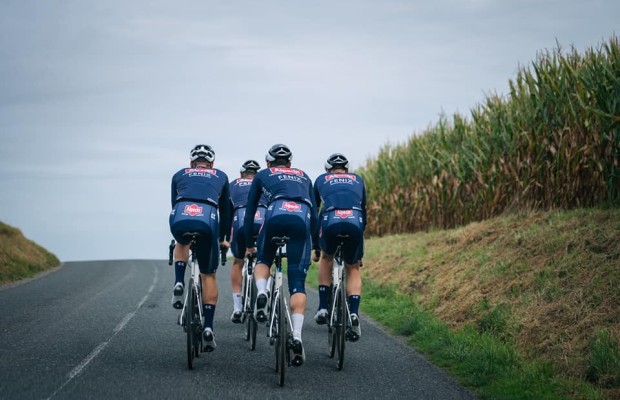
The cyclist's patience: how long, gentle training sessions build your best season
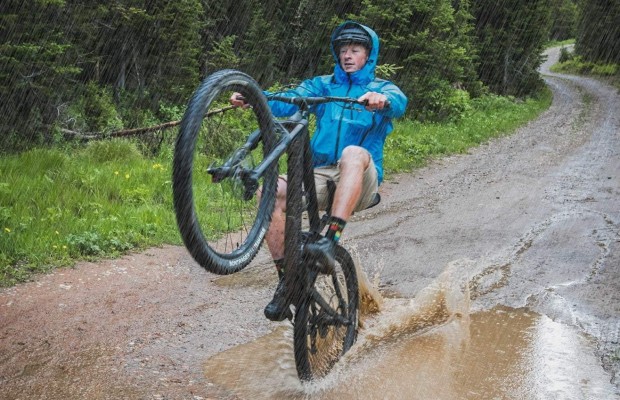
Tips for cycling in the rain
As we have often mentioned, recovery starts the moment we get off the bike. I'm sure you are used to seeing in races how the assistants wait for the riders at the finish line with a bottle filled with the typical recovery shake that is quickly consumed by the cyclist.
Remember that in the first 30 minutes after exercise, the so-called metabolic window opens in which the body is especially receptive to nutrient intake. It is the time to quickly replenish the glycogen reserves spent during the effort and provide proteins and amino acids to repair all the muscle damage caused during the activity.
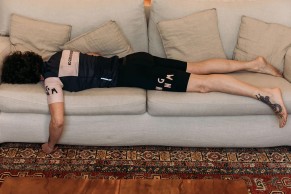
This should be our priority when we get home, it is something that will take us just a few minutes and makes a big difference in recovery. The only exception we can think of where we can anticipate the next step in our post-workout routine, the shower, is if we arrive home completely soaked after a rainy and cold day where it will be more important to warm up and dry off.
As we say, the next important step is to take a shower. Spending more hours than necessary with your cycling shorts on, especially with the accumulated moisture after the effort, is not advisable. First, because we will get cold, especially if we have decided to skip the first step and have opted to have beers with our group mates. Keeping the shorts on can mean that bacteria that find their perfect habitat in humid conditions begin to proliferate, despite the properties of most chamois and base layers, and end up causing skin problems. Taking a shower will also help relax the muscles after the effort and make us feel more comfortable.
These previous steps may be the most critical in any post-workout routine. From here, we can improvise. Obviously, once showered and fed, we can take some time to relax, that would be the moment to share that well-deserved beer with our group mates, being clear, however, that alcohol is totally discouraged as a nutrient or simply lie on the couch while we review the training data on our favorite app.
In any case, we should not forget, with our legs more relaxed, to spend 10 or 15 minutes doing some stretches that allow the muscles to regain full range of motion after exercise or resort to techniques like using a foam roller to release muscle fibers. This is undoubtedly the time to apply the muscle recovery methods we have available.
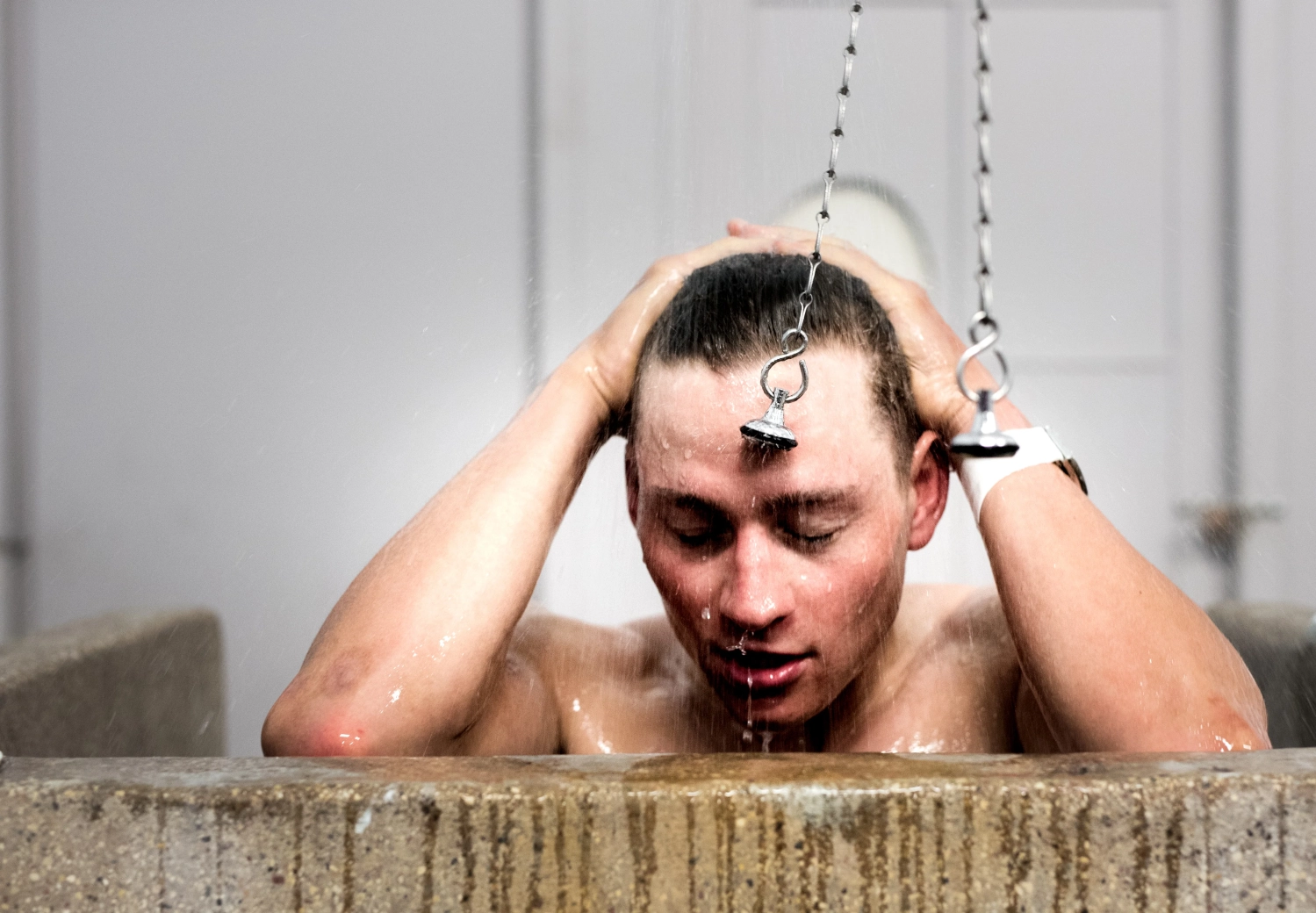
We should also not forget to give our bike a once-over, clean it if necessary, check the tires for any possible punctures that have not yet taken effect, make any small adjustments we may have noticed during the ride, and, of course, lubricate the transmission and, ultimately, get the bike ready to avoid surprises the next day.
As in all aspects of training, and what we do after the bike ride is part of it, following a methodology and having it under control will make us more efficient. After all, let's remember that in cycling, marginal gains are important, and adding the maximum number of them is what can make the difference in our final level on the bike.